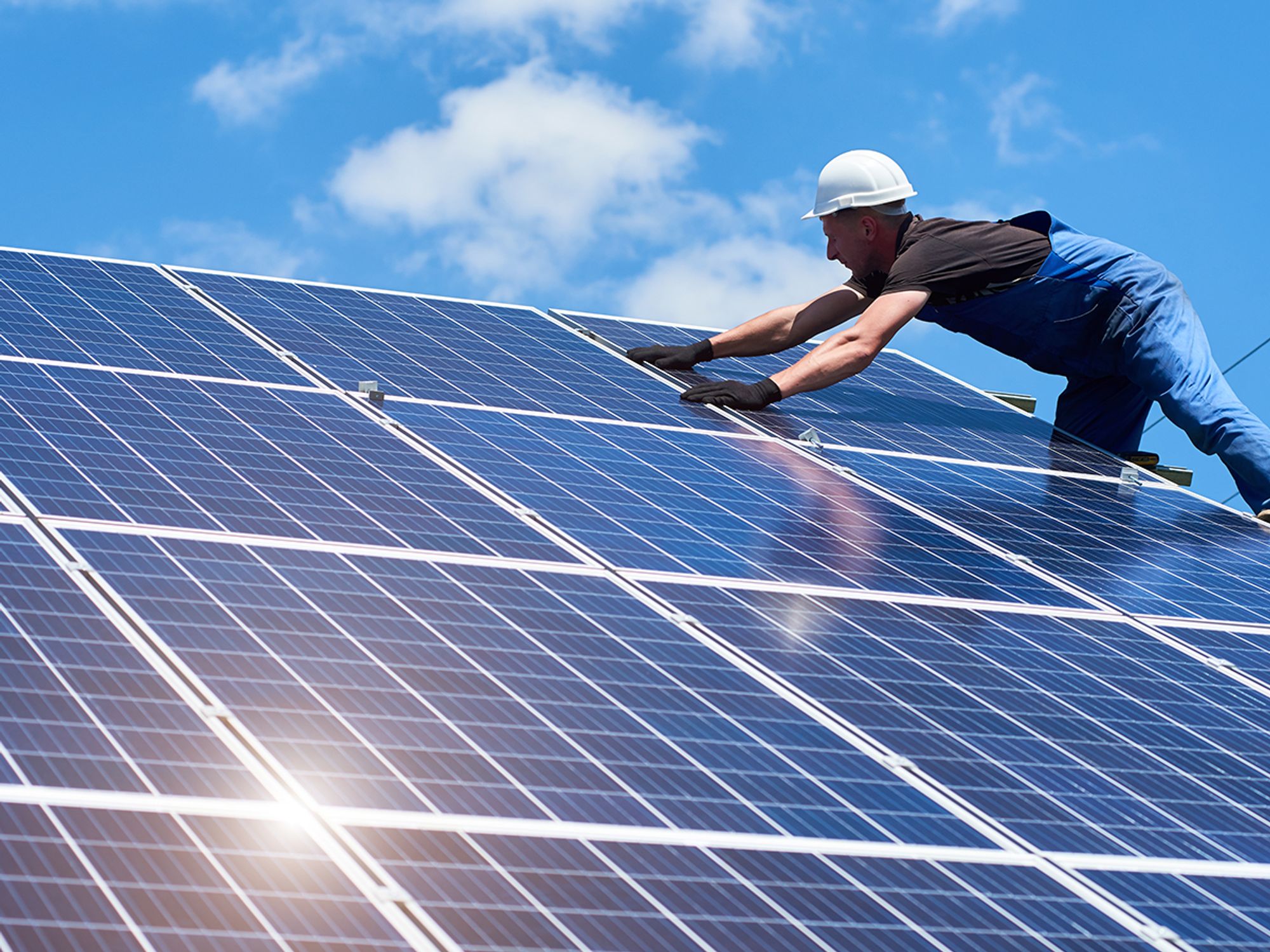Green buildings

- Green building is the practice of creating structures and processes that are environmentally responsible and resource-efficient throughout a building’s lifecycle.
- Green buildings are designed to reduce the overall impact of the structure on human health and the natural environment.
Green building is the practice of creating structures and processes that are environmentally responsible and resource-efficient throughout a building’s lifecycle from design, construction, and operation to maintenance, renovation, and deconstruction. This practice expands and complements the classic building design concerns of economy, utility, durability, and comfort. Green building is also known as a sustainable or high-performance building.
| Aspects of built environment: | Consumption: | Environmental effects: | Ultimate effects: |
|---|---|---|---|
| Siting Design Construction Operation Maintenance Renovation Deconstruction | Energy Water Materials Natural resources | Waste Air pollution Water pollution Indoor pollution Heat islands Stormwater runoff Noise | Harm to health Environment degradation Loss of resources |
- Efficiently using energy, water, and other resources;
- Protecting occupant health and improving employee productivity; and
- Reducing waste, pollution, and environmental degradation.
For example, green buildings may incorporate sustainable materials in their construction (e.g., materials that are reused, recycled, or made from renewable resources); create healthy indoor environments with minimal pollutants (e.g., reduced product emissions); and/or feature landscaping that reduces water usage (e.g., native plants that survive without extra watering).
On the federal level, the Energy Policy Act of 2005 and the Energy Independence and Security Act of 2007 included energy efficiency and sustainable design requirements for federal and other buildings. Additionally, there have been a series of Executive Orders and agency-specific rules promoting green building since the early 1990s and the federal government has instituted sustainable practices at many of its buildings.
Many state and local governments also have green building laws. These mainly applying to public buildings, though an increasing number are applicable to private buildings as well. Two third-party organizations maintain lists of green building legislation:
- American Institute of Architects’ State Legislation Tracking
- U.S. Green Building Council’s Leadership in Energy and Environmental Design (LEED®)
There are also many voluntary consensus-based standards organizations that are developing standards for green buildings. The two main recognized standards in the U.S. are:
- American Society for Testing and Materials (ASTM) International’s Technical Subcommittee E06.71 on Sustainability and Performance of Buildings, which developed several green building standards.
- The American Society for Heating, Refrigeration and Air Conditioning Engineers (ASHRAE) is partnered with the U.S. Green Building Council (USGBC) and Illuminating Engineering Society of North American (IESNA) to develop Standard 189, Standard for the Design of High-Performance Green Buildings Except Low-Rise Residential Buildings.
Leadership in Energy and Environmental Design (LEED®)
Leadership in Energy & Environmental Design (LEED®) is a green building rating system crafted by the U.S. Green Building Council (USGBC), a nationwide consensus-based organization of various government agencies, design firms, and product manufacturers and developers. The main product of the USGBC is the LEED® rating system, which is known across the United States and globally as the green building design standard. USGBC along with the Green Building Certification Institute (GBCI) supplies the infrastructure for improving LEED®, LEED® training, accreditation of professionals, and certification of buildings. Furthermore, it serves as a center of interest for green building professionals through conferences, a website, and subcommittee actions.
